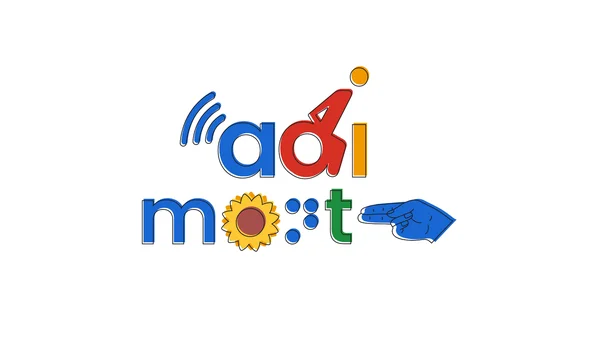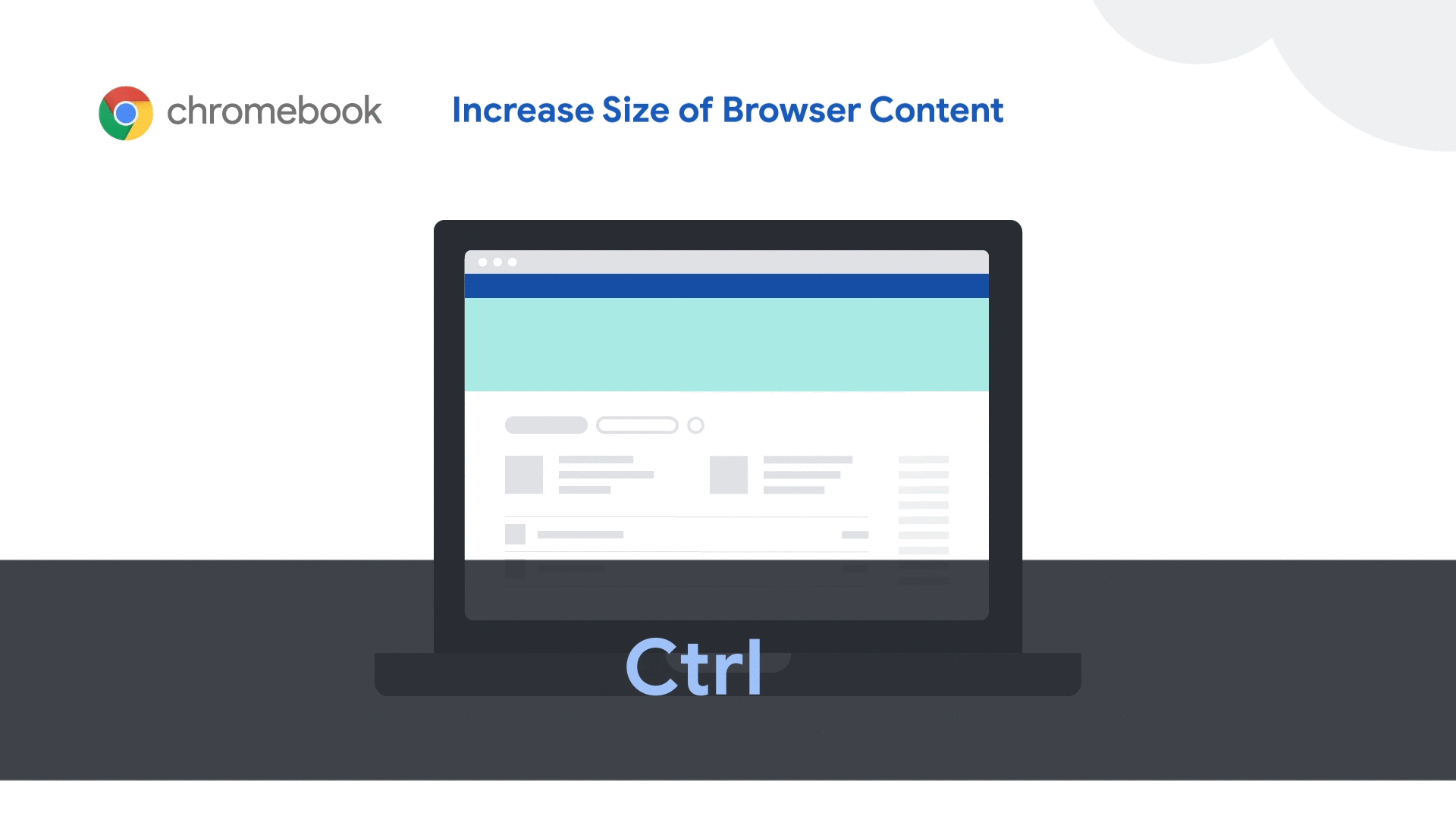Say hello to the Chromebook accessibility hub
We recently launched the Chromebook accessibility hub for people to learn about getting started with accessibility features on Chromebooks. It includes info on key Chromebook accessibility features, including links to video tutorials and useful Help Center articles.
Export accessible PDFs in Chrome
Now it’s easier to export websites as accessible PDFs in Google Chrome, including on Chromebooks. Chrome is now the first browser to generate PDFs with auto-generated headings, links, tables and alt-text that make them more easily legible for screen-readers. This makes the web more accessible for people with low vision or who are blind.
Guide kids with disabilities who are distance learning
If you have a child with a disability and they’re distance learning, check out our new Guardian’s Guide for advice on how to best use Chromebooks for learning from home. The guide includes tips tailored for different types of disabilities to help your family get the most out of Chromebooks and adapt to distance learning.
We’re constantly making updates to Chrome OS to make all Chromebooks more accessible for people with disabilities. Stay tuned for more highlights on Chrome OS improvements soon.
 Three Google employees share how their experiences shape their work championing for accessibility.
Three Google employees share how their experiences shape their work championing for accessibility.
 Three Google employees share how their experiences shape their work championing for accessibility.
Three Google employees share how their experiences shape their work championing for accessibility.



